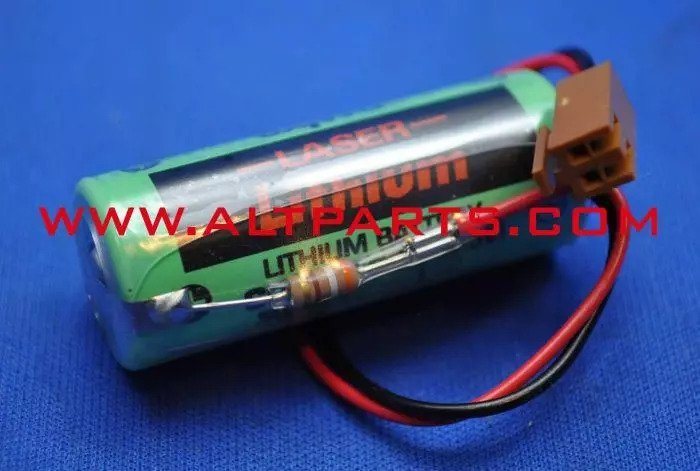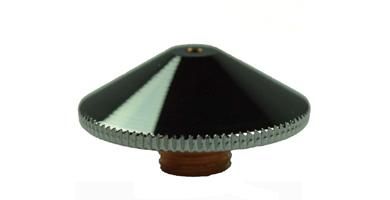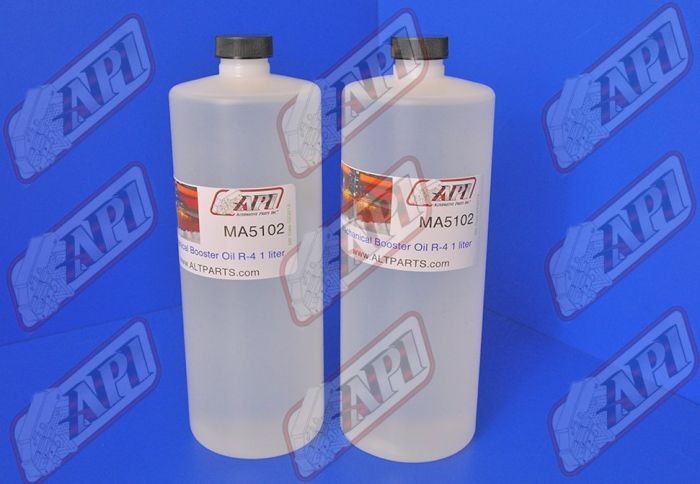While operating the metal laser cutting machine, one of the important aspects is the condition of the laser cutting machine. Using a good quality cutting machine is a must for a metal fabricator.
Hence, it is important to know the factors that can affect the cutting quality.
If that sounds helping, let’s understand them in detail:
The cutting speed of the machine is inversely proportional to the density and thickness of the material that we cut.
Perfect cutting speed ensures the smooth cutting lines, transitions, and no melting of the lower part of the workpiece.
Four reasons, why cutting speed matters:
-
It might cause cutting failures.
-
Not getting precise metal cuts.
-
In some metals cutting speed is rough.
-
The laser cutting section has the diagonal stripe path with excessive slag and generates the half price of the material.
Cons of having low cutting speed:
-
This leads to over melted sheet metal and rough cutting fracture surfaces.
-
The kerf will become wide which in turn gives you low cutting precision and small rounded corners or sharp corners which we can melt.
-
The low cutting efficiency impacts production capacity.
The output of sufficient laser cutter:
You can gauge the speed of the laser machine from the cutting spark. This will diffuse downwards in the normal cutting. When the speed is too high, it sparks, in this case, sparks do not diffuse but come together. This indicates that the feeding speed is too low.
Going a bit deeper, let’s understand the effects of Nozzle on the metal laser cutting quality:
The airflow condition might be different on the basis of different nozzle designs like precitec nozzle and trumpf replacement parts which may affect the cutting quality directly.

Let’s understand that different functions and roles of these nozzles:
-
They are useful for preventing the debris like melting material from rebounding them upwards and entering the prectic nozzle in the damaged lens.
-
They control the area and size of the gas diffusion; it plays a big role in controlling the quality of the cut.
Not, only this but even the height of the nozzle matters:
While cutting normally, the height of the nozzle should be 0.8mm to 1.2mm.
If the height of it is too high or low then it results in gas diffusion which may cause many residues at the cutting bottom surface.
If you want to assure the high-quality cuts during the use of the metal cutting machine, then the height of the cutting nozzle should be substantial to the surface of the workpiece.
Modern laser cutting machines equip the inductive or capacitive sensor feedback device and have parts like trumpf replacement parts, precitec nozzle. This automatically adjusts the distance between the two and makes them at the predetermined height range.
Not only the height, but nozzles affect the quality while cutting the metal laser as well. Let’s understand how :
The nozzle has a diameter of φ1.0 mm, φ1.5 mm, φ2.0 mm, φ2.5 mm, φ3.0 mm, and so on. Currently, the nozzle aperture is available in two sizes i.e. φ1.5 mm and φ2 mm.
Additionally, if the nozzle diameter is small then the gas velocity is high. The eliminating materials’ ability is strong and is suitable for thin plate cutting.
If the nozzle has a large aperture, it is useful to cut the thin sheet rapidly, then the residue produced spattered upwards, damages the protective lens.
Nozzle parts affect the metal deformation as well:
During the cutting process, the nozzle collides against the workpiece and easily deforms. This affects the concentration of the center of the nozzle with a laser beam. Prefer using laser machines which have trumpf replacement parts, precitec nozzle for better results.
There are different outcomes when the nozzle and the laser beam are working in different axes.
It affects things like the quality of the cutting section, sharp corners, and performance is unstable, and many more.
Final words:
These factors may affect the metal laser cutting. They have a larger and bigger impact than we think on these materials. Hence, as a fabricator, it is wise to take care of these things and avoid mistakes.




